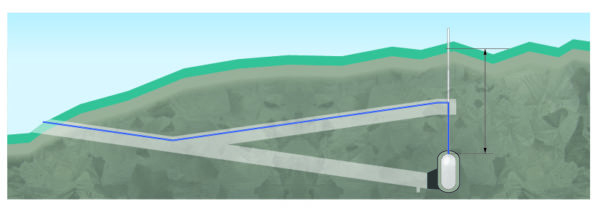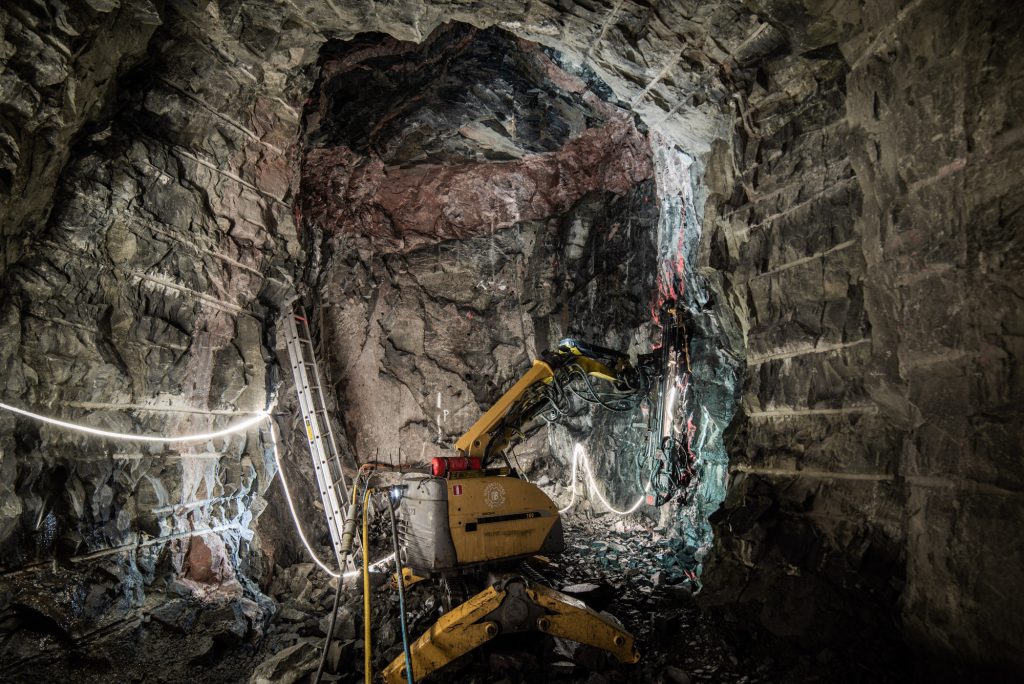Vattenfall, Sweden-based steel company SSAB, and Swedish state-owned miner LKAB announced they have reached the halfway point in the construction of a rock cavern storage facility for green hydrogen near Luleå, in northern Sweden.
“The various parts of the plant are now mostly in place,” the consortium said in a statement. “Rock caverns and connecting tunnels have been constructed in the rock and a ventilation shaft has been drilled from the top of the rock down to the upper part of the rock cavern.”
The three companies are investing a total of around SEK 200 million ($21.1 million) in three equal parts in the new facility and the Swedish Energy Agency is contributing SEK 50 million. “Intensive work is underway at the moment to complete and inspect all installations, while the facility’s steel lining is being welded together in the cavern,” the statement reads.

The 100-cubic-meter “Hybrit” facility will be built approximately 30 meters below ground. It is expected to begin operations in 2022 and will reach full capacity in 2024.
The cavern is being built via the so-called lined rock cavern (LRC) approach, which involves covering the walls of the cavern with a selected material as a sealing layer.
A recent study by the Jülich Institute for Energy and Climate Research (IEK-3) showed that salt caverns offer a flexible, efficient option for hydrogen storage. The research group estimates that Europe has the technical potential to store 84.8 PWh of hydrogen in bedded salt deposits and salt domes.
The IEK-3 researchers said the proximity of the caverns to the coast will be helpful, as brine disposal remains economical up to 50 km from the sea.
This content is protected by copyright and may not be reused. If you want to cooperate with us and would like to reuse some of our content, please contact: editors@pv-magazine.com.




The world needs a lot more underground green hydrogen storage, along with a very large number of hydrogen fuel cells. The intermittency of renewables will be inconsequential when the capacity of renewables is 3 to 6 times the peak electric demand. There wont be a need for any “peaker plants” and load peaks will be handled by the renewables and hydrogen fuel cells.